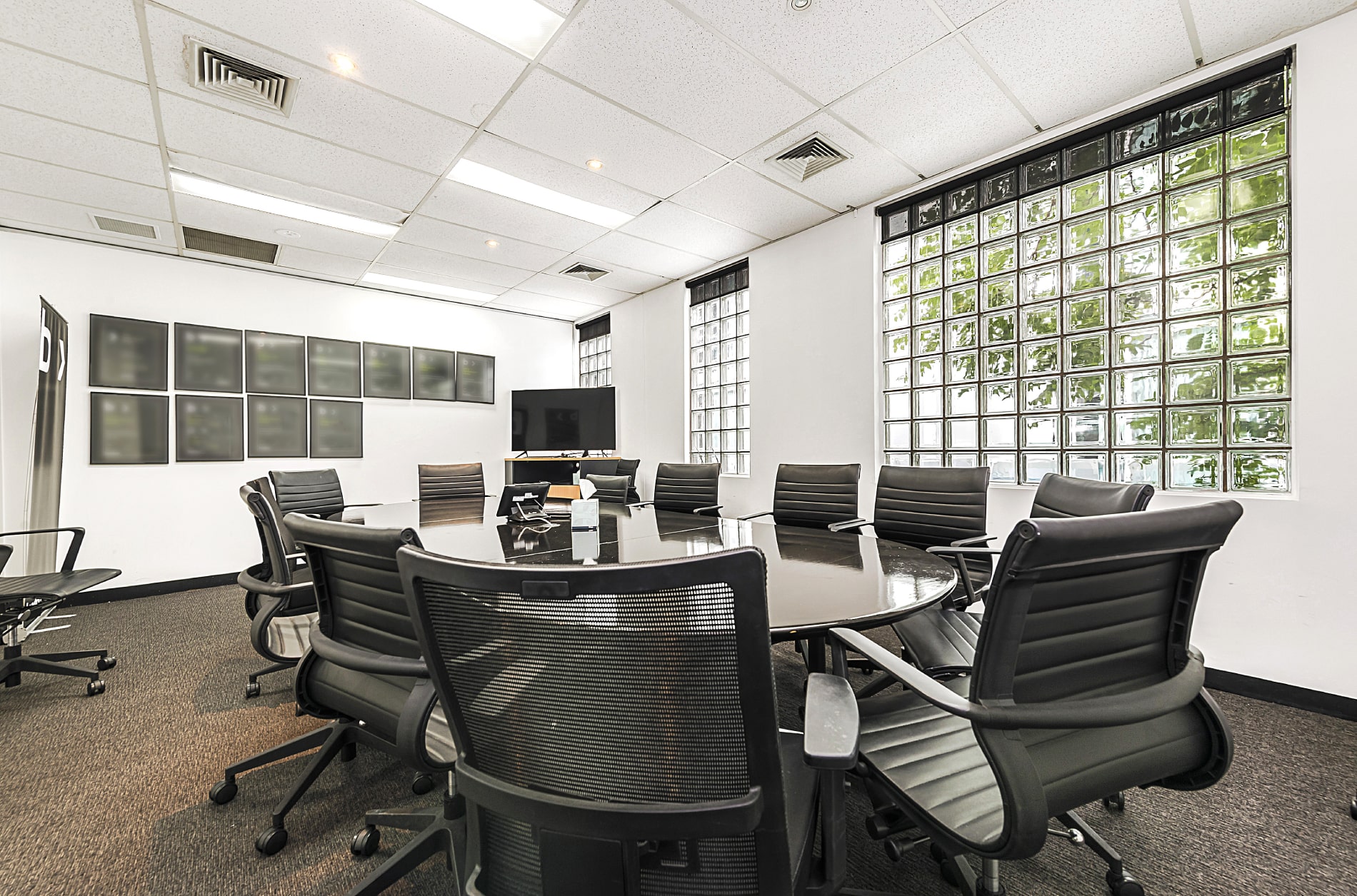Between the changing of hands of blue-chip buildings, a vacancy rate that has almost tripled and the addition of substantial square meterage to welcome back both government and private sectors, there is a new look to Melbourne’s commercial property market for 2021 and beyond.
One of the new trends to emerge from Melbourne’s prolonged second lockdown is increased demand amongst CBD properties and the vision of adapting them for a range of purposes. Amongst the notable impending deals is the iconic 170 Queen Street building in the heart of Melbourne’s CBD with an asking price of $25 million. According to a recent Australian Financial Review article, Colliers’ International Mr Stagg said, “future uses of the…property could include refurbishment, strata division and construction of additional levels”. As the building currently hosts a retail outlet and individual offices, the move to include more functions will accommodate the imminent return of the private sector, government departments and co-workspace providers to a CBD location that enjoys an abundance of amenities and accessibility. Moreover, Melbourne has become Australia’s largest office market by square metres adding “350,000 sq m” to the CBD according to the Sydney Morning Herald, which further suggests the concerted push from investors as well as employers to return to the once sought-after location in a post-pandemic economy.
Other industry experts have forecast the vacancy rate to increase even higher but there is confidence that this is a momentary trend before a vaccine is available. Savills’s head leasing agent in Victoria, Mark Rasmussen recently told the Sydney Morning Herald that vacancy rates could reach “above 10 per cent” – a significant increase from its already drastic 8.2 per cent. It worth noting this metric depicts the most adverse effects on Melbourne’s commercial property market as the pre-COVID vacancy rate was at a record low 3.3 per cent and as a prospective investor, there is opportunity to purchase office buildings that have been traditionally owned by syndicate style investors for long periods of time.
The promising trend of a swift recovery to restore Melbourne’s vacancy rate in the CBD has been measured in other ways than individual firm forecasts.The Sydney Morning Herald recently cited CBRE’s Mark Curtain’s tenant engagement survey that outlined “most corporates will seek to bring the majority of their staff back to their corporate office”. In addition to this, there has been “large tenant pre-commitments in Sydney and Melbourne” for both the public and private sector. These Indications underpin the confidence of tenants looking to return to their offices once the collateral damage of social distancing abates and could prompt a shift to suit more socially distanced office environments and flexibility around lease terms.
Between the successful containment of COVID-19 and low interest rates, opportunity beckons for investment in the industrial property market. Sam Tamblyn, Contributor to the Australia Financial Review touts the industrial property market as the most promising commercial property asset class for 2021, “driven by the increased consumer take up of e-commerce and infrastructure investment”. As businesses look to consolidate their e-commerce footprint and look to optimise more inventory space as opposed to bricks and mortar, commercial spaces are going to continue to be sought after and the recovery is set to happen relatively quickly.
However, it is important to understand the adverse effects on the property market in Melbourne, namely net migration from Melbournians to regional areas by a factor of eight. ANU demographer Liz Allen spoke with the ABC about this phenomenon but was quick to quell fears of a permanent exodus – ” people realise the infrastructure is woefully inadequate” in some places compared to big cities”.
As old buildings change hands to new investors and confidence in a CBD uptick is mutual amongst experts, 2021 will remedy the geographical dispersion caused by social distancing measures and thus provide new opportunities for businesses that want to offer a centralised workplace with flexibility.
